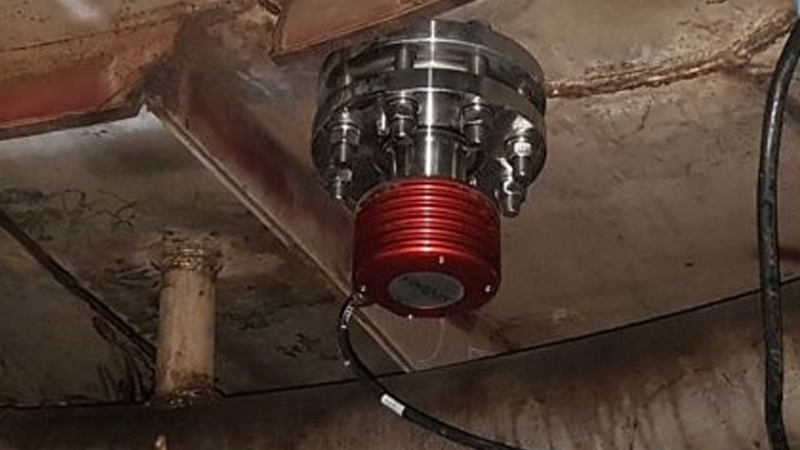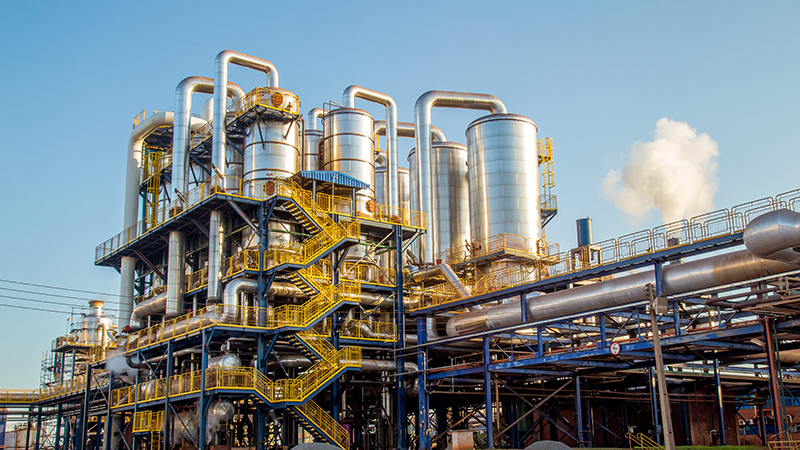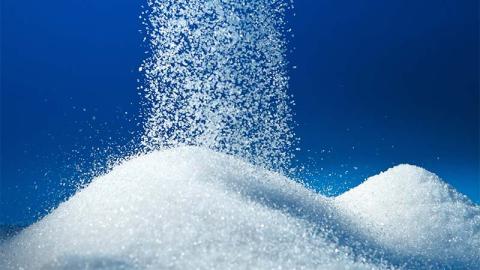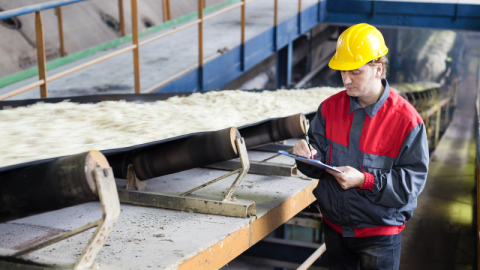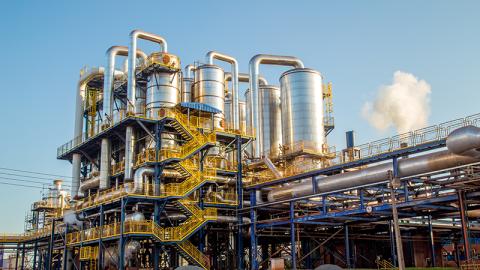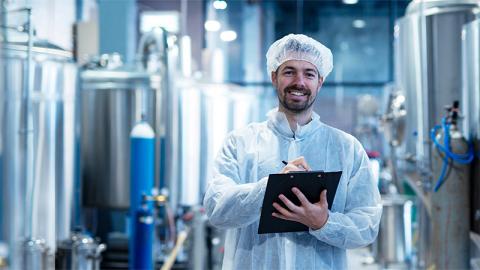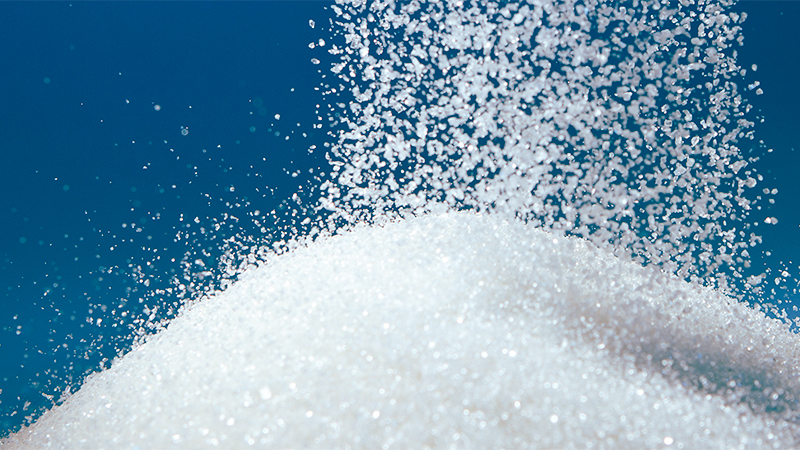Edible sugar manufacturing is a delicate process that requires process control and instant, accurate Brix (massecuite solids content) measurement of raw and in-process liquids for best product quantity and quality, measured with for example mean aperture (MA) and coefficient of variation (CV). Only high-quality liquid and crystal sugars are acceptable. In crystal sugar manufacturing, the absolute goal is to produce the maximum amount of even quality crystals, avoiding fines and conglomerates.
Efficient raw sugar processing to refined sugar
Sugar production involves two distinct operations: processing sugar cane or sugar beets into raw sugar and processing the raw sugar into refined sugar.
As sugar refining is a highly energy-intensive process where raw juice is subjected to multiple processing steps to remove impurities, the right process control tools help to maximize yield and minimize the cost of production. Overall, the sugar industry is a large water consumer as each production step requires water. The water and energy consumption during manufacturing can be significantly reduced, contributing to mill's or refinery's sustainability, by using modern technology equipment, such as Vaisala Polaris™ process refractometer.
